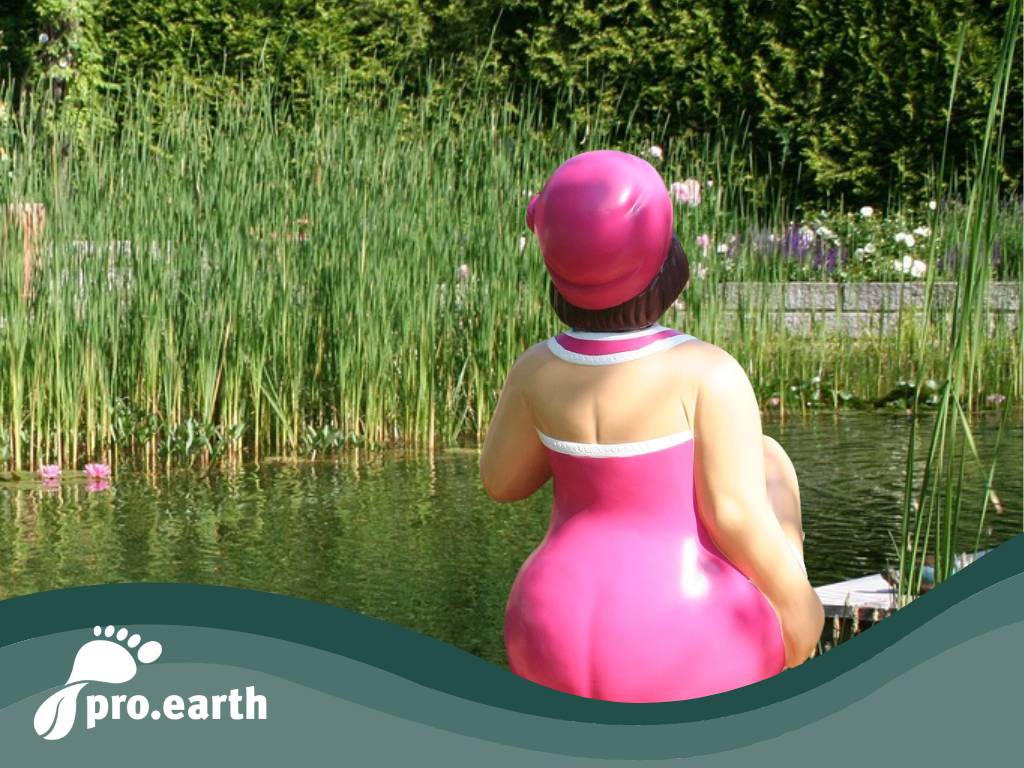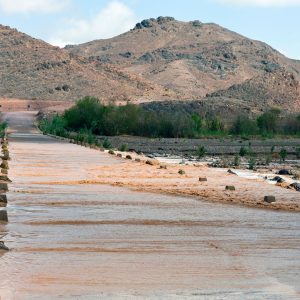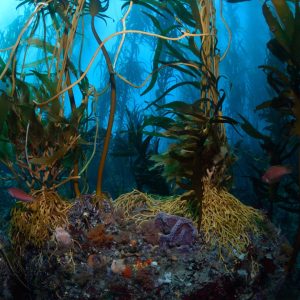Off into the cool water

Even if summer is taking its time this year, it will get hot at some point. And then the cool water beckons with a refreshing dip. Which is why more and more people want a pool in their own garden. However, there are many arguments against a pool and in favor of the swimming pond alternative.
In times of water shortages, every garden owner planning an oasis for cooling off is asking themselves whether a pool still makes sense. Assuming that water is becoming increasingly precious and that there are already regions or individual localities that have imposed a ban on filling swimming pools - as was the case last year - a swimming pond is the more ecological option.
The advantages are as follows:
- A swimming pond works without chemical additives
- It does not need any technology, such as a pump, if planned correctly - although there are also systems with a pump - because plants and stones and the wind take over the task of filtering
- It is attractive all year round
- It does not need to be emptied and filled
- It requires less attention, but still needs to be cared for
- Natural design blends into the overall landscape
- The costs are lower
- There is much more life in and around the swimming pond
- It also supplies the surrounding area with moisture
The hotter the temperatures, the greater the risk of algae formation (also in the swimming pool, especially after a heavy rain shower). It is therefore very important to ensure sufficient movement due to wind and to allow enough space for the plants and stones to be cleaned during the planning stage!
Natural pool versus swimming pond
Once you have decided on the ecological option, you still need to decide whether you want a natural pool or a swimming pond. While a swimming pond is modeled on a natural pond and is cleaned by the plants, a natural pool looks more like a conventional swimming pool, has a pump and biofilter system that runs continuously, can be heated and has no plant zone, but there are also combined solutions.
The structure of the swimming pond consists of a swimming area and a regeneration zone, which makes up around half of the pond area and is in turn divided into a swamp, shallow and deep water zone. Most ponds are lined with a pond liner. There is a PVC and a natural rubber version, with the latter being much more ecological and durable, but also more expensive. You could also seal the pond with a clay liner, but this is rarely done.
The natural pool requires less space in comparison, consisting of the swimming area, the cleaning and filter area and the skimmer (optional).






